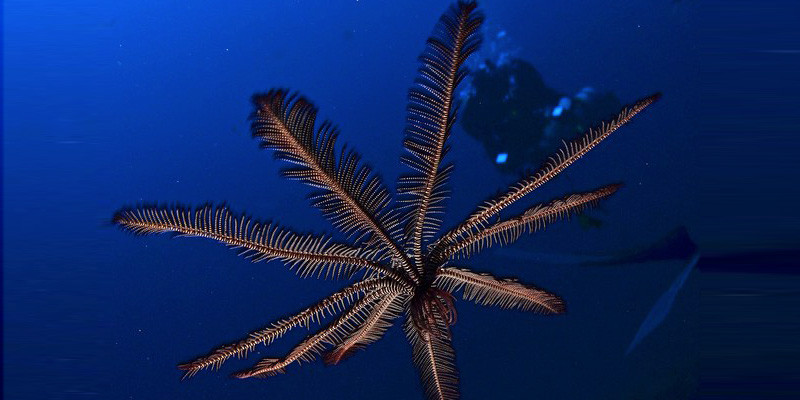Some animals, such as humans, have very large brains. Some have big heads. As we soon learned, some may even consist almost entirely of heads. However, it may be surprising for many people to hear that there is an animal that can learn without a head or brain. Meet the fragile star, a five-armed bundle of nerves who’s proving she can learn surprisingly quickly.
Classical conditioning is a type of learning in which an animal forms associations between different stimuli. The person who discovered this condition was Ivan Pavlov, a Russian-Soviet scientist known for his numerous experiments on dogs. Pavlov rang the bell just before feeding the dogs, causing them to associate the sound of the bell with the impending arrival of food. After this was repeated several times, the dogs would begin to salivate as soon as they heard the bell, whether or not food was given afterwards.
People and conditioning
If you think that people are not affected by such conditioning, you are sadly mistaken. Some ethically questionable experiments conducted in the early 20th century showed that humans can certainly be classically conditioned, too. To give more modern examples, hearing someone’s smartphone vibrate or text message nearby might be enough to make you unconsciously reach for your own phone because you’ve learned to associate that sound with a new message.
So dogs and humans follow the same rules in this regard. The team behind this research decided to examine whether echinoderms, which include starfish, sea urchins and sea cucumbers, could learn through this process to see if other organisms followed the same rules. There were a few studies conducted on starfish, but the rest of this animal family remained a mystery.

Sixteen black brittle stars (Ophiocoma echinata) were housed in separate tanks with cameras to record their behavior for 10 months. Half of them went through a training phase in which the lights were dimmed for 30 minutes while they were fed shrimp, their favorite food. The other half received the same amount of shrimp and had their lights turned off for the same amount of time, but the key difference here was that these two events did not occur at the same time.
Brittle stars, who don’t like being in the light even at the best of times, spent most of their days hiding behind the filters in their tanks. However, a difference soon began to emerge between the trained and untrained groups. The trained brittle stars began to crawl out of their hiding places as soon as the lights dimmed, anticipating that the shrimps would arrive immediately. In other words, they had learned to associate darkness with food.
13 days break, nothing changed
The most exciting part for the researchers was that the animals’ newly learned behaviors persisted even after a 13-day break in training, when the lights were repeatedly dimmed without food.
“Knowing that brittle stars can learn means they’re not just robot scavengers like the little Roombas that scavenge the ocean floor,” lead author Julia Notar said in a statement. “They can potentially wait for and avoid predators or predict food because they learn about their environment.”
However, at this point, the question arises as to how they could achieve such success since they do not have a head or brain. “People keep asking me ‘how do they do this?'” Notar said. ” he asks,” he says, adding: “We don’t know yet. But I hope to have more answers in a few years.”
What we know about these creatures is that their nervous systems work very differently from ours because they do not have a central processing center. These animals’ nerve cords run along each arm and join to form a ring near their mouth, but they don’t have a single focal point, a brain, to make decisions.
Notar said, “Each nerve cord can move independently. “It’s like there’s a committee instead of a boss,” he says.
The study was published in the journal Behavioral Ecology and Sociobiology.